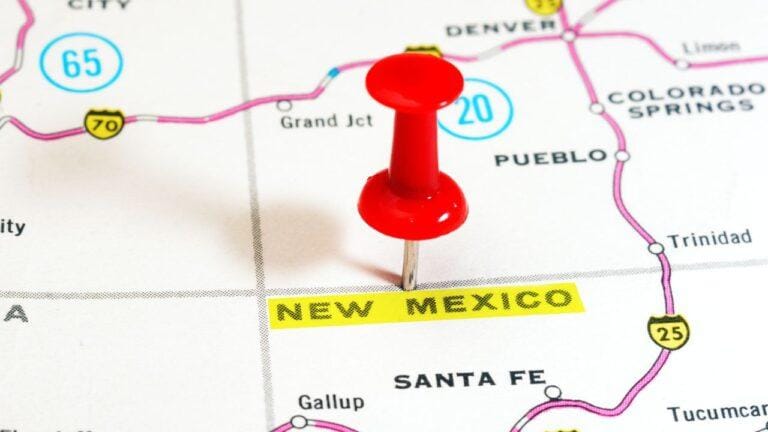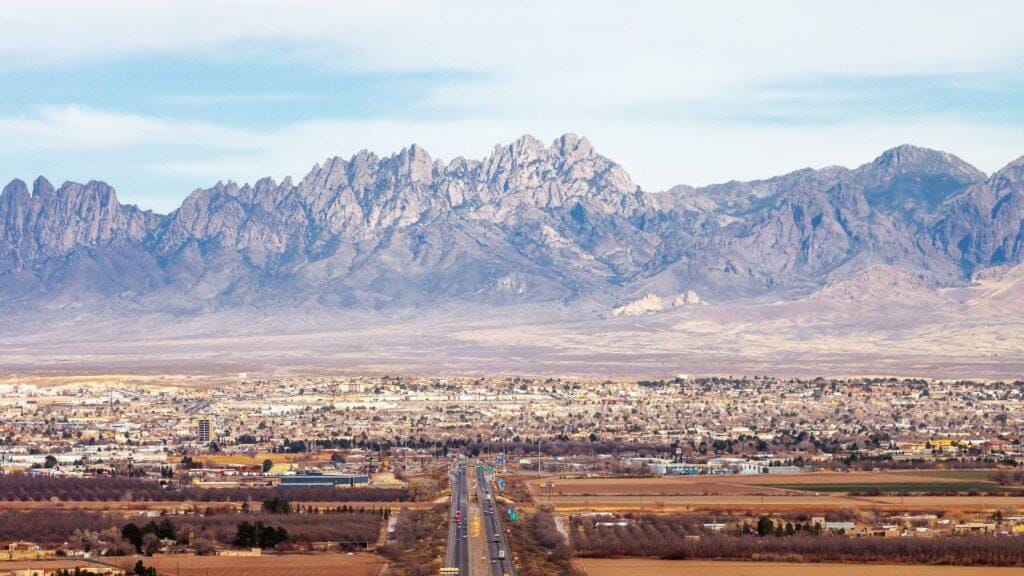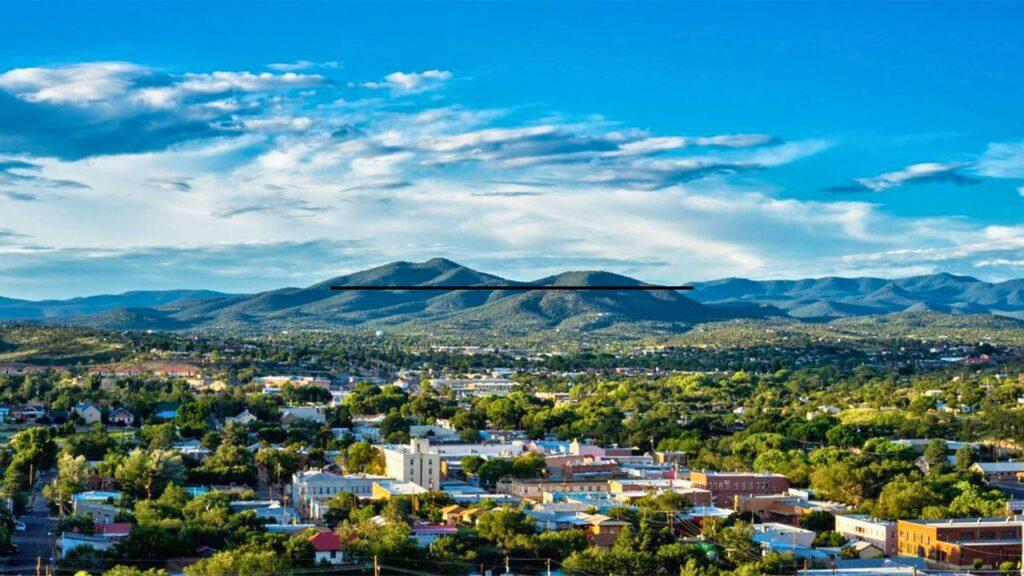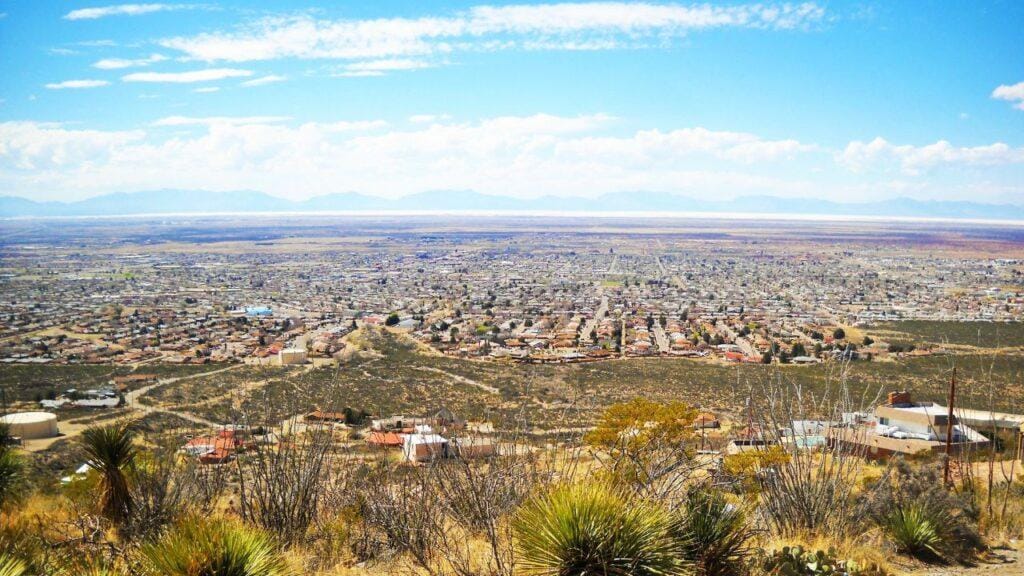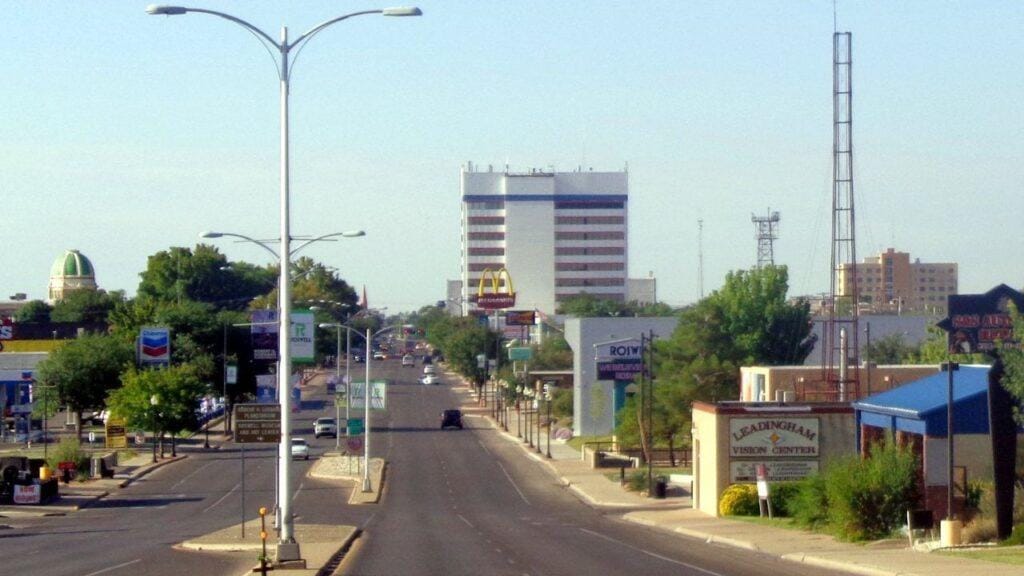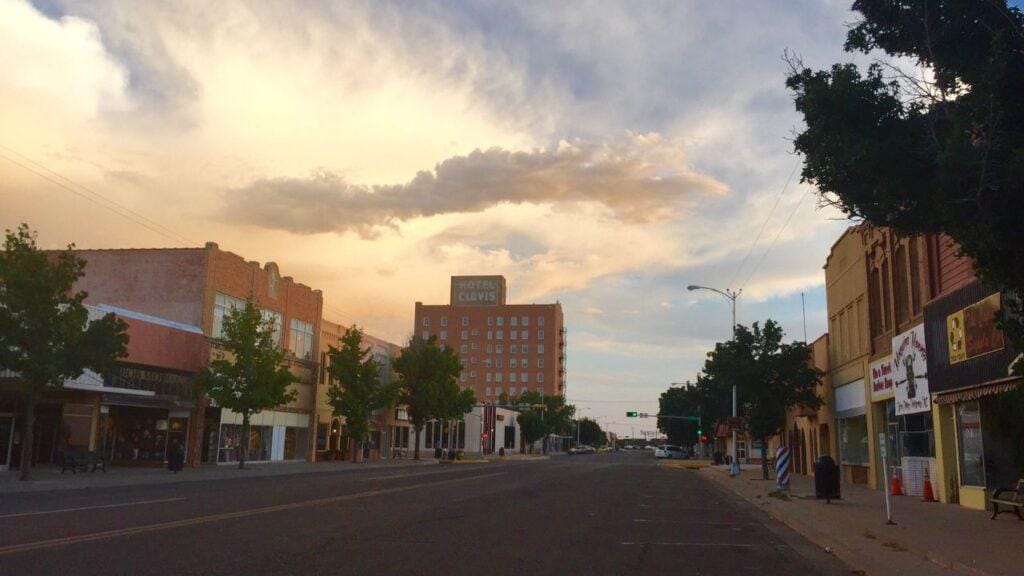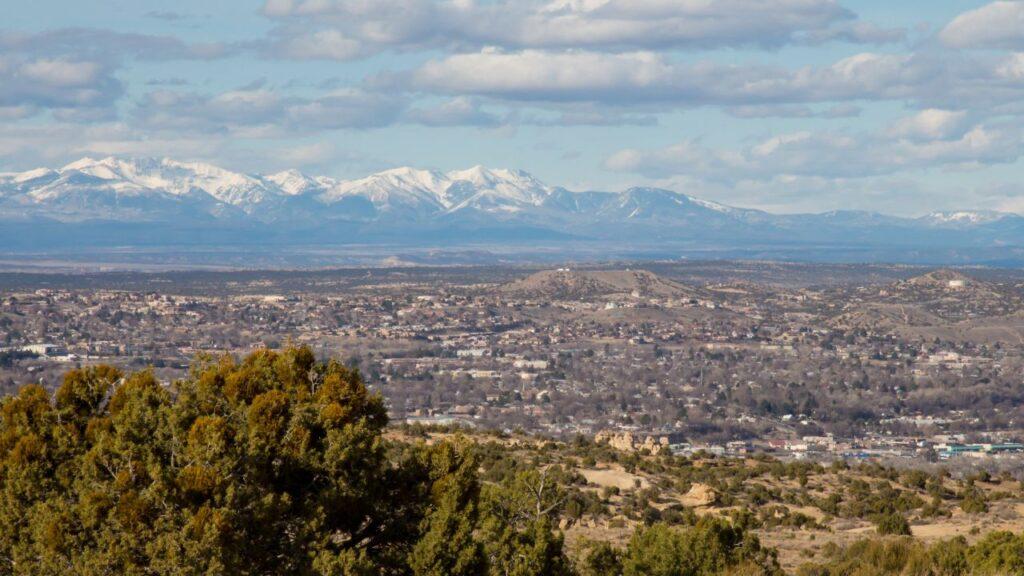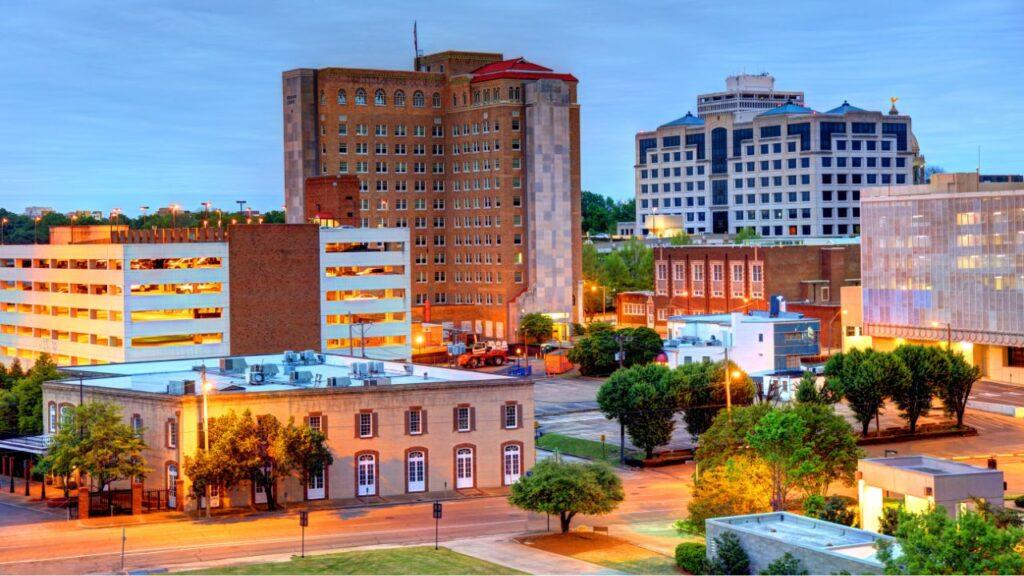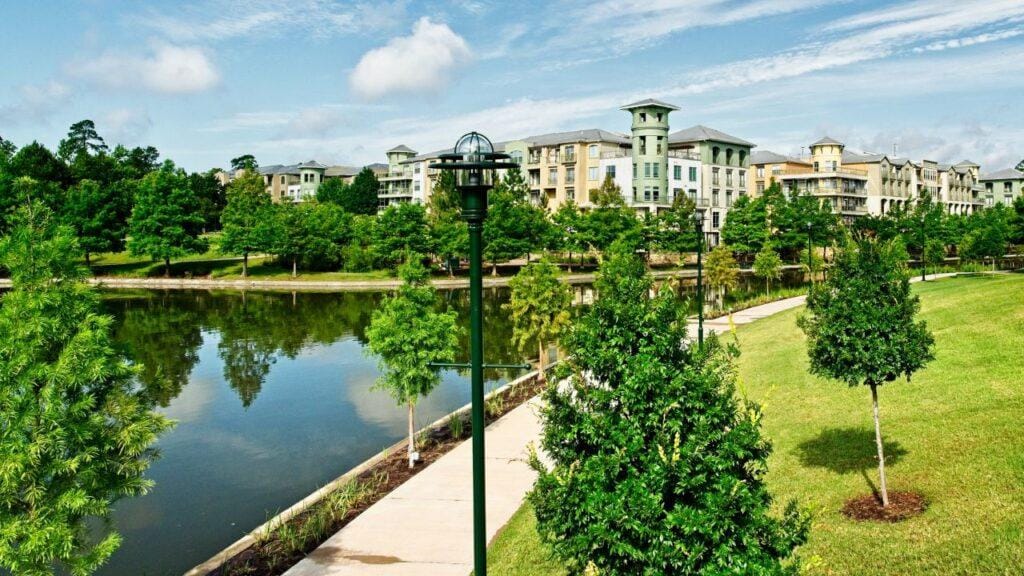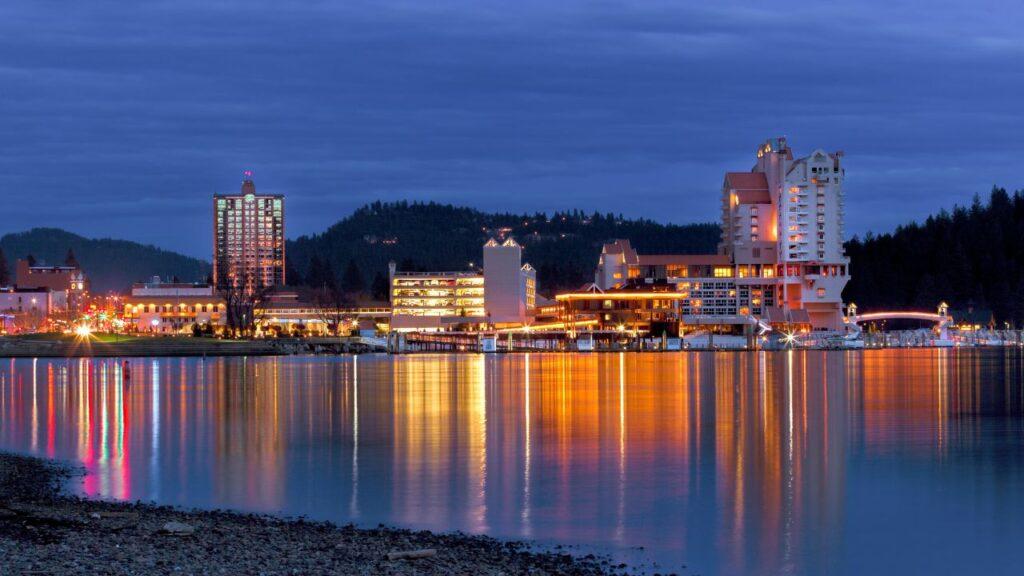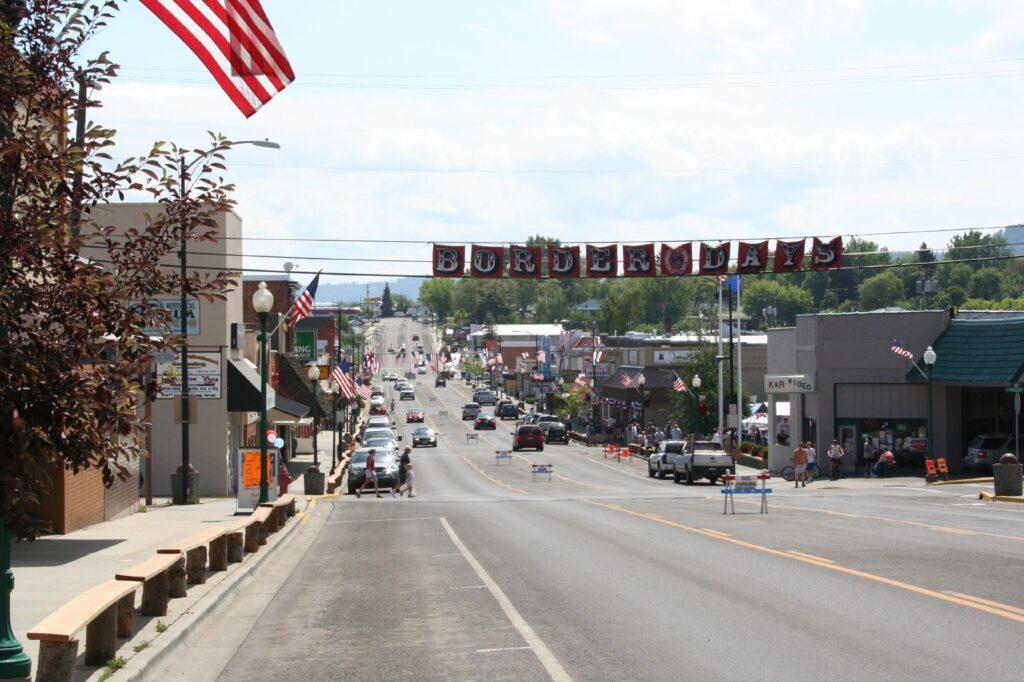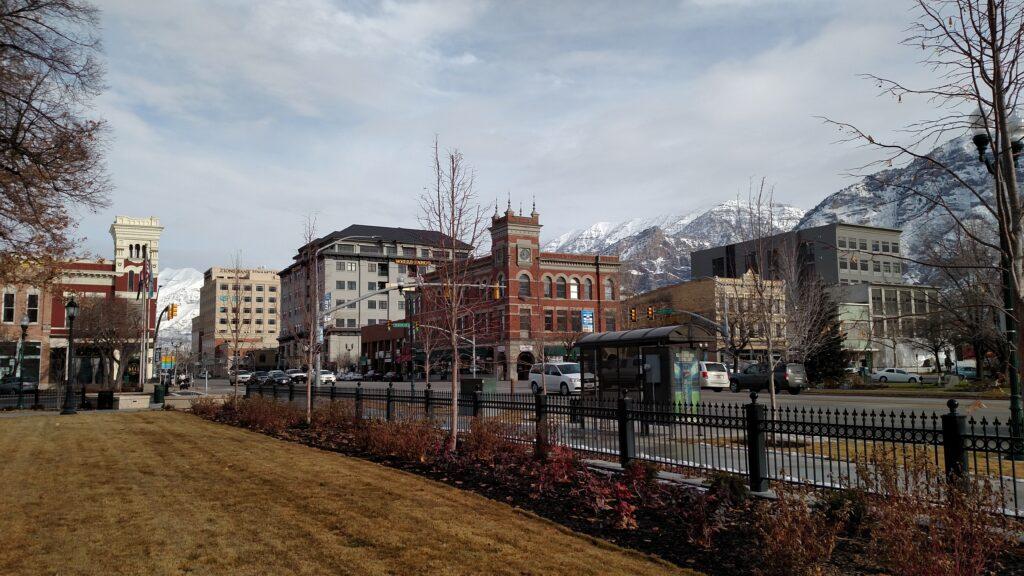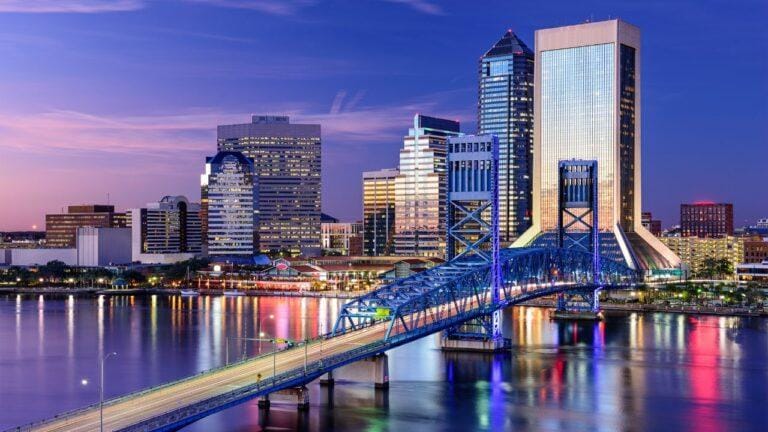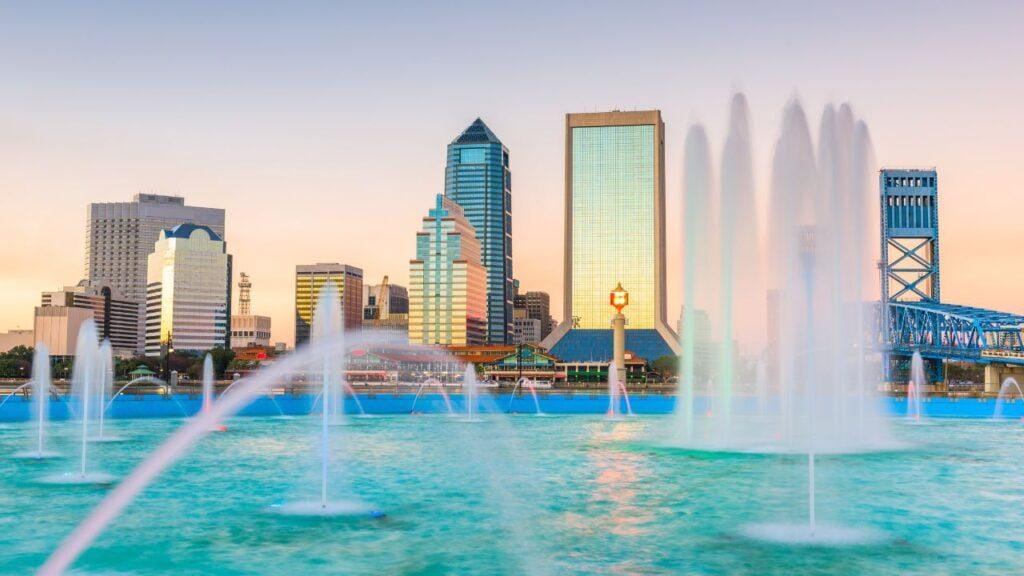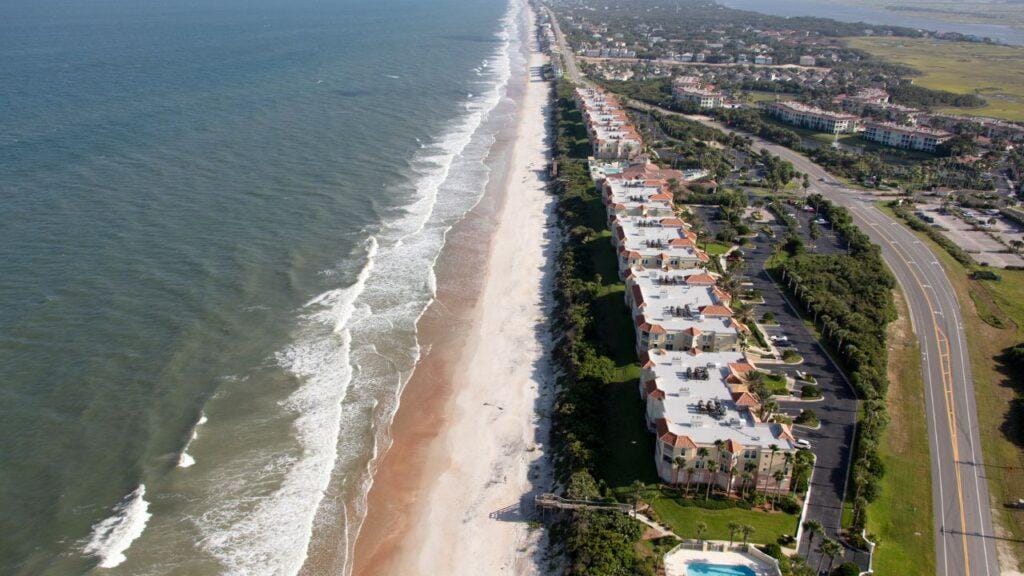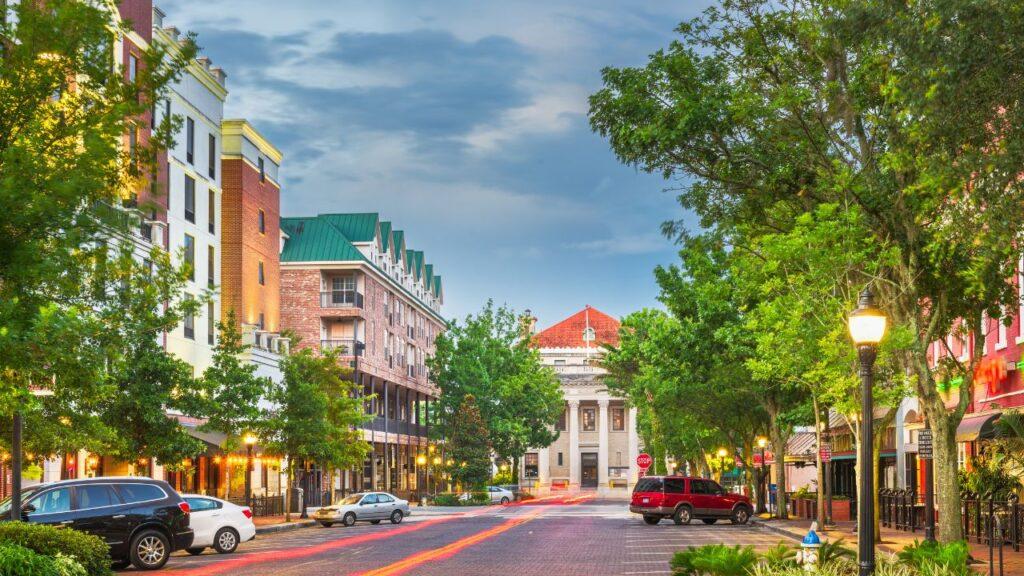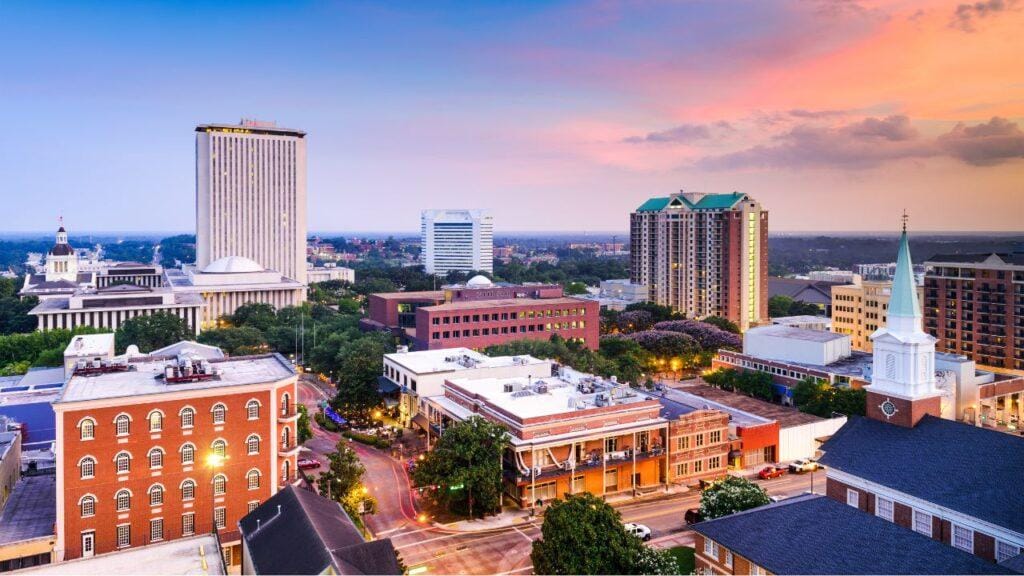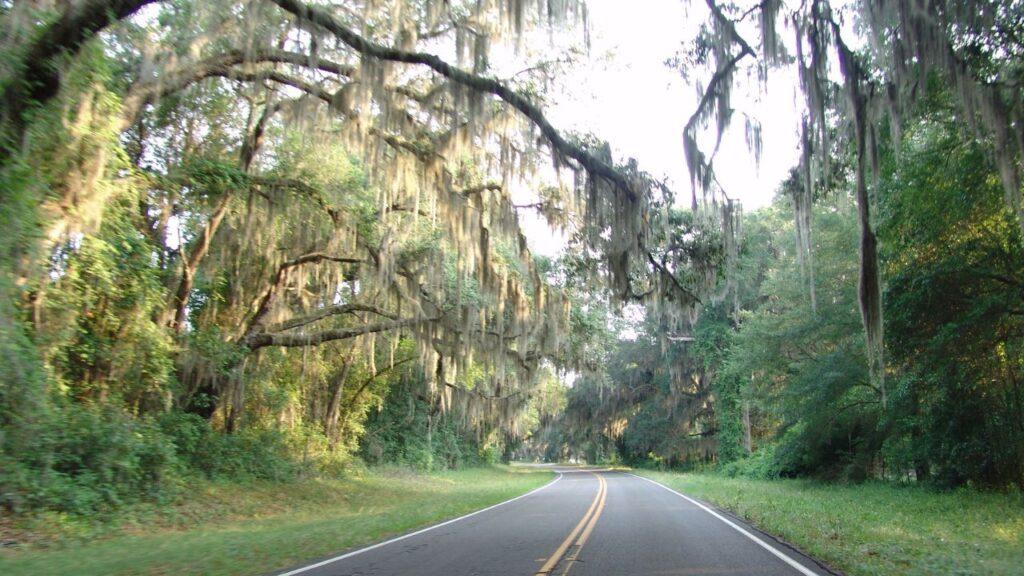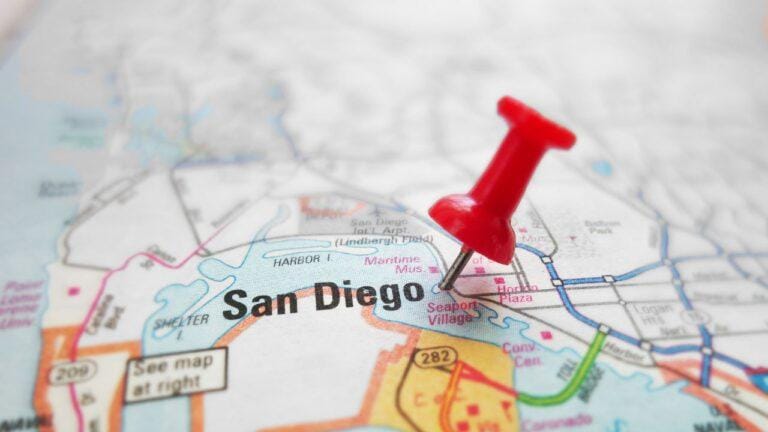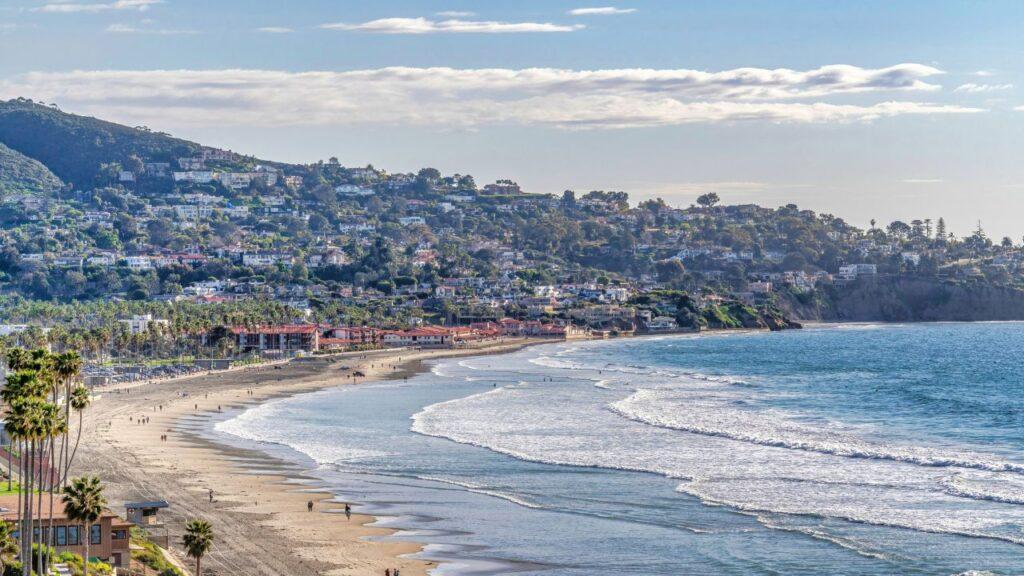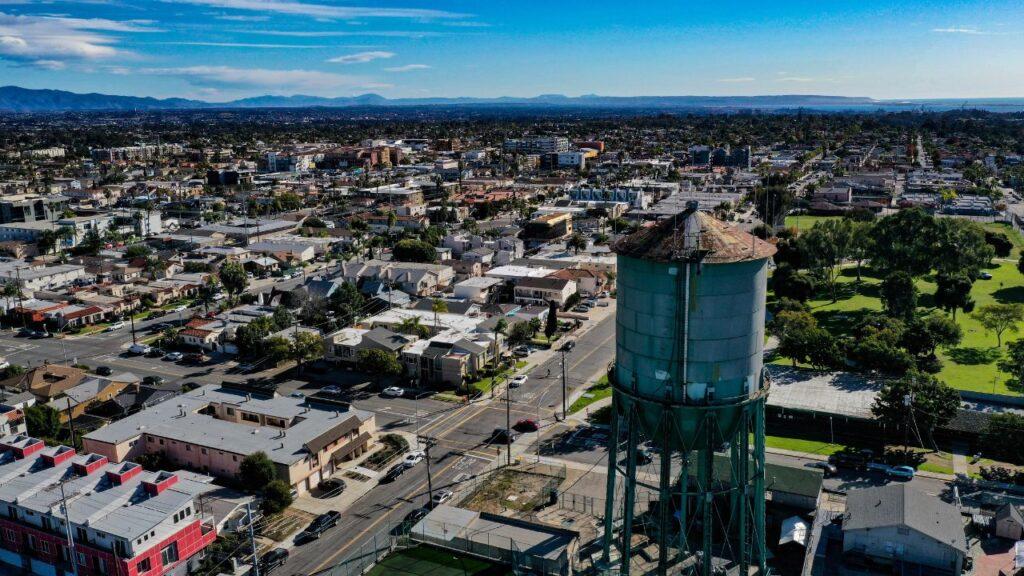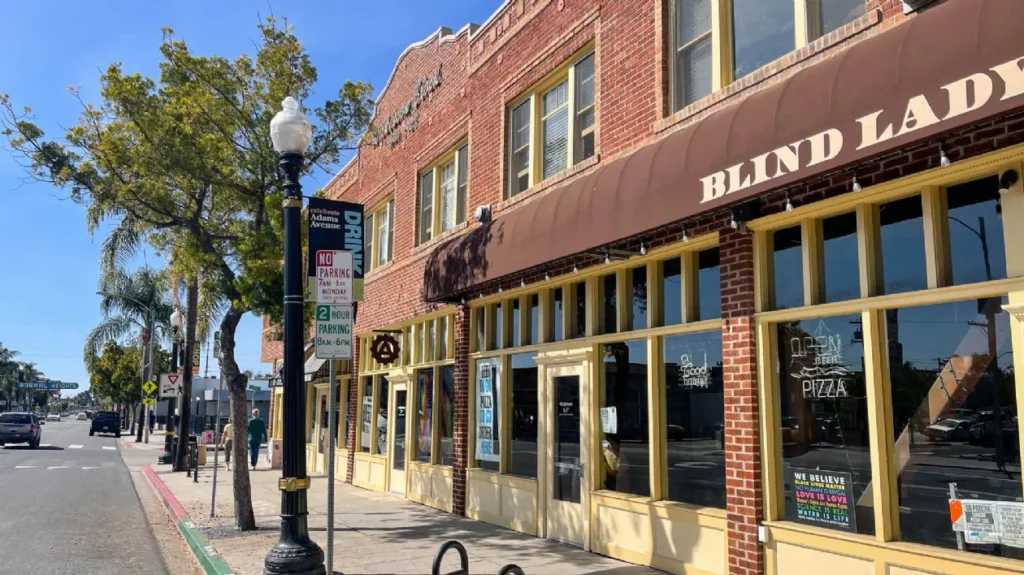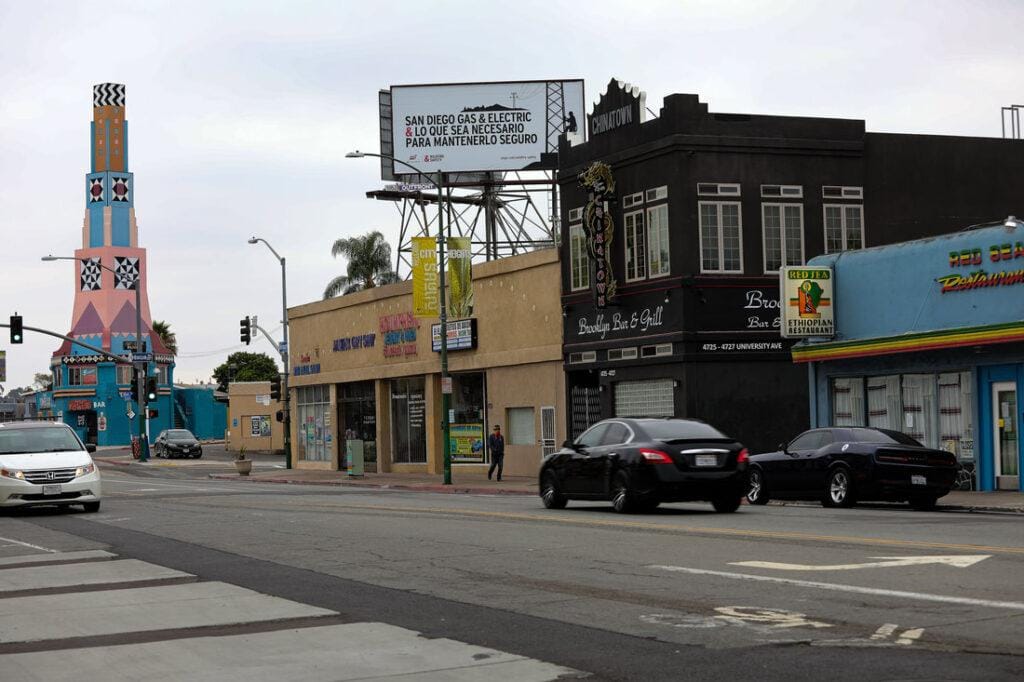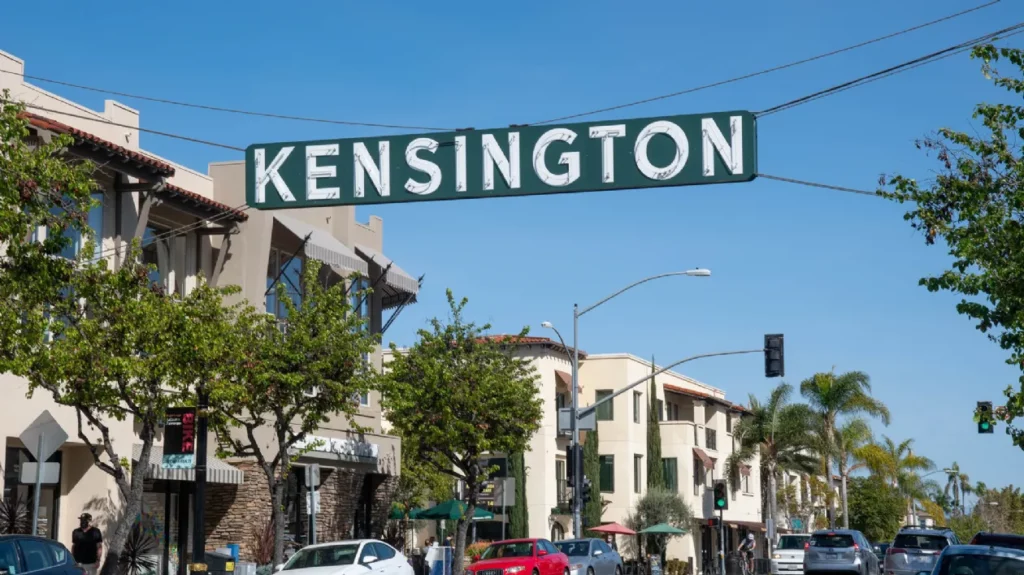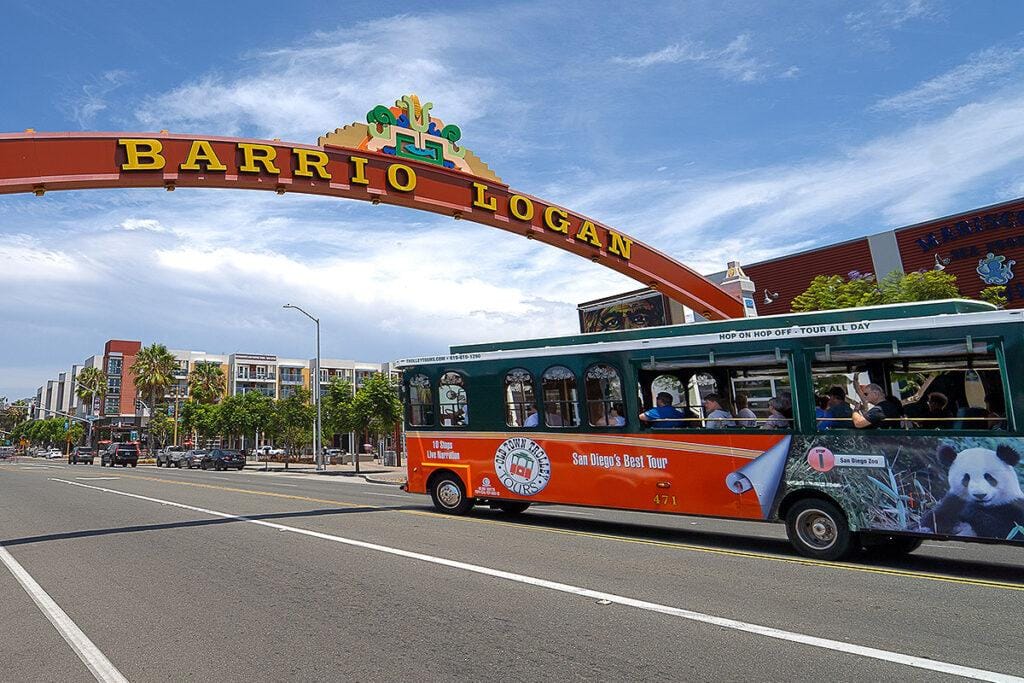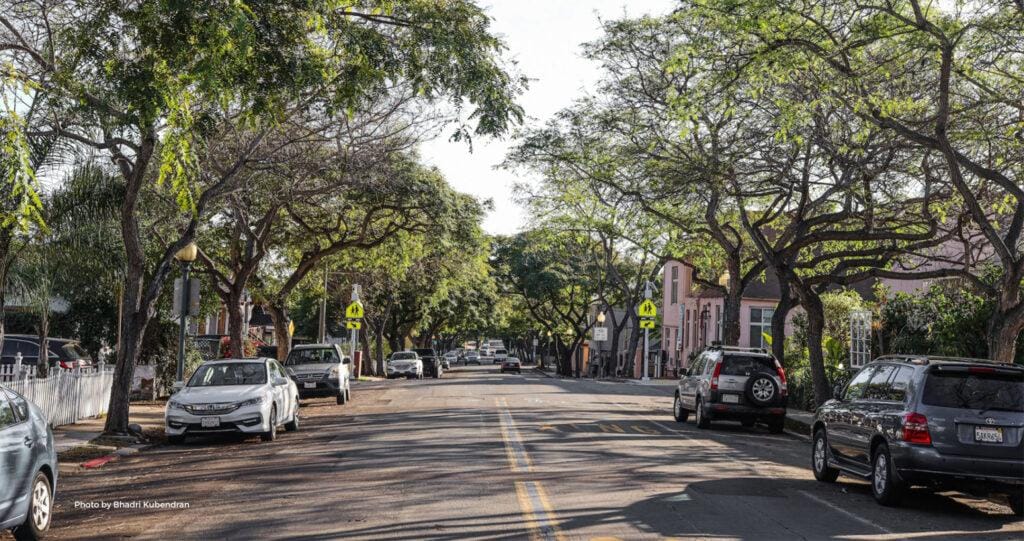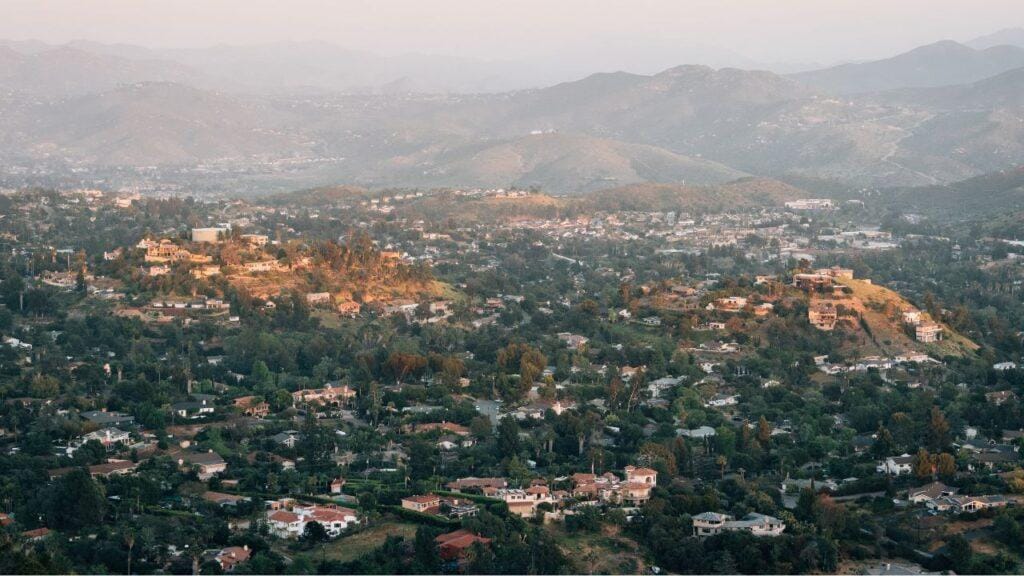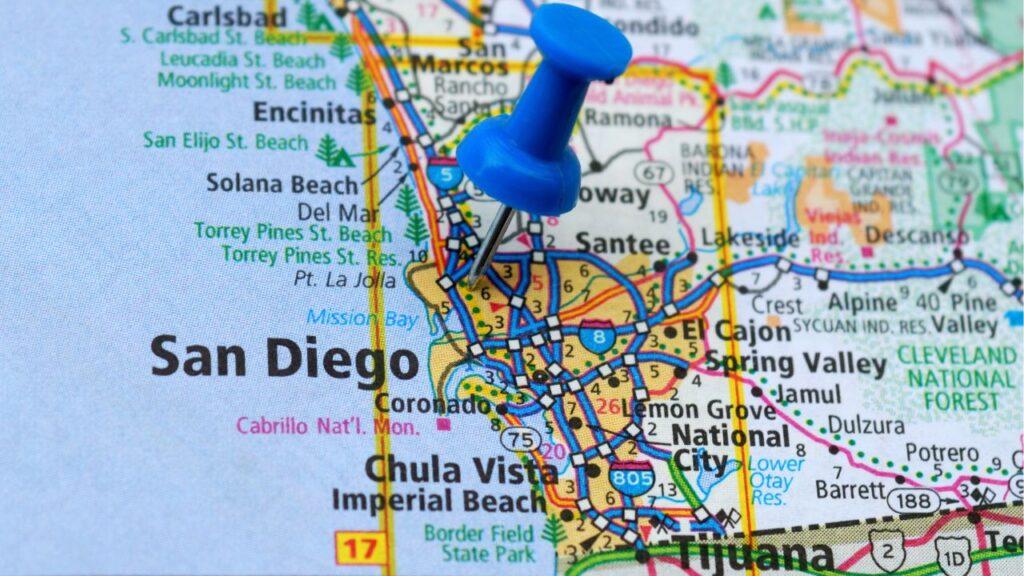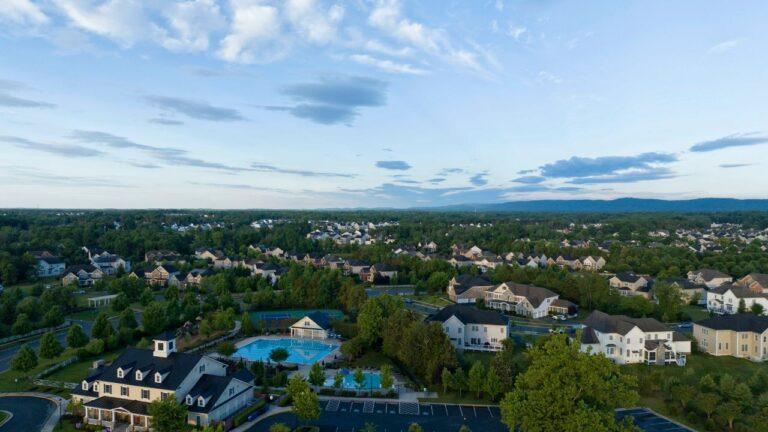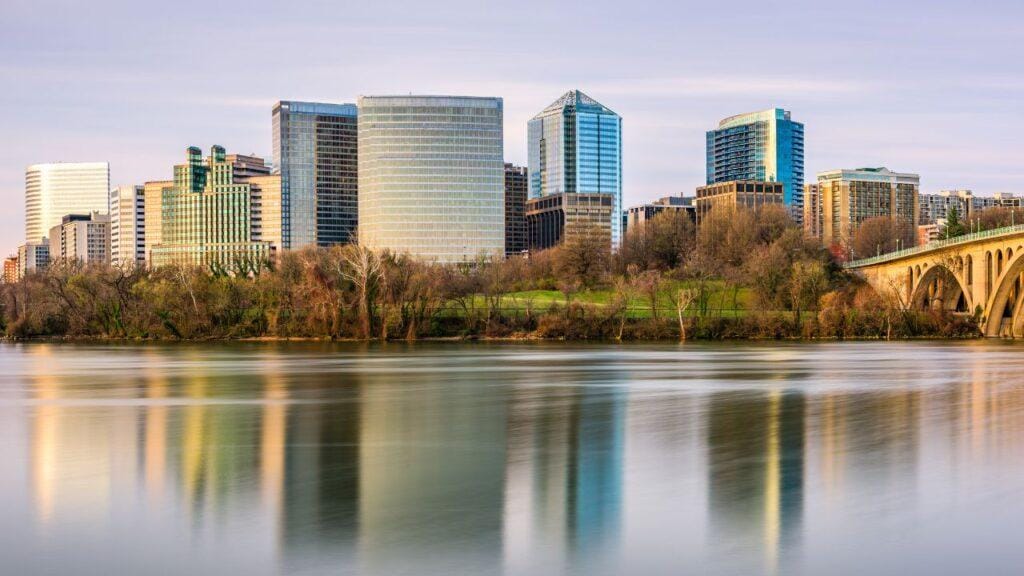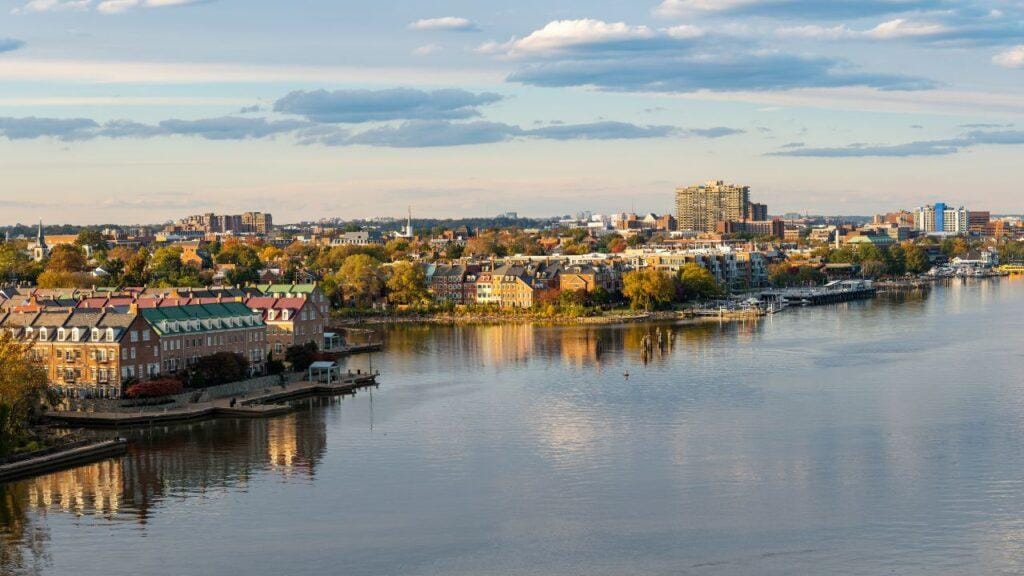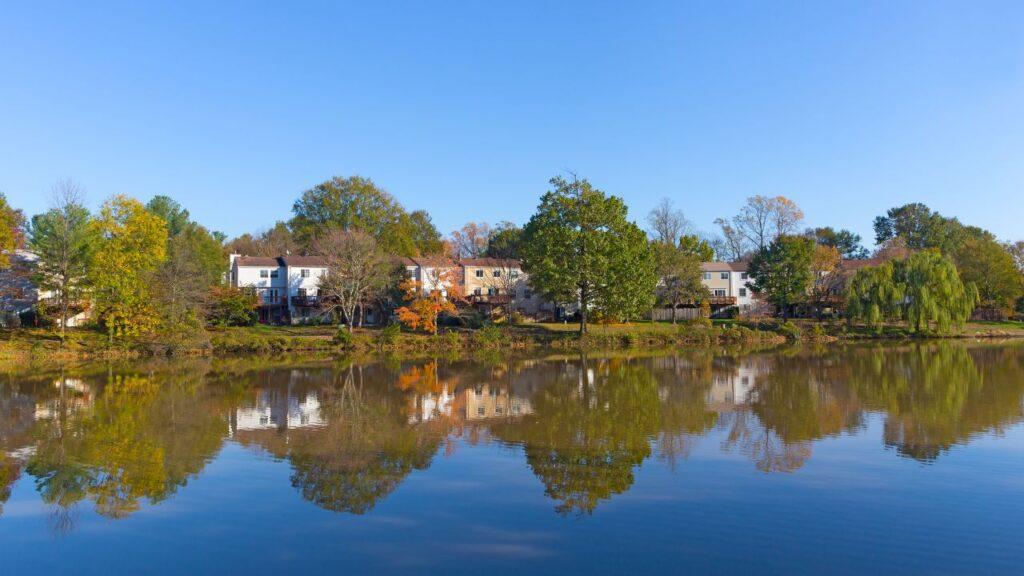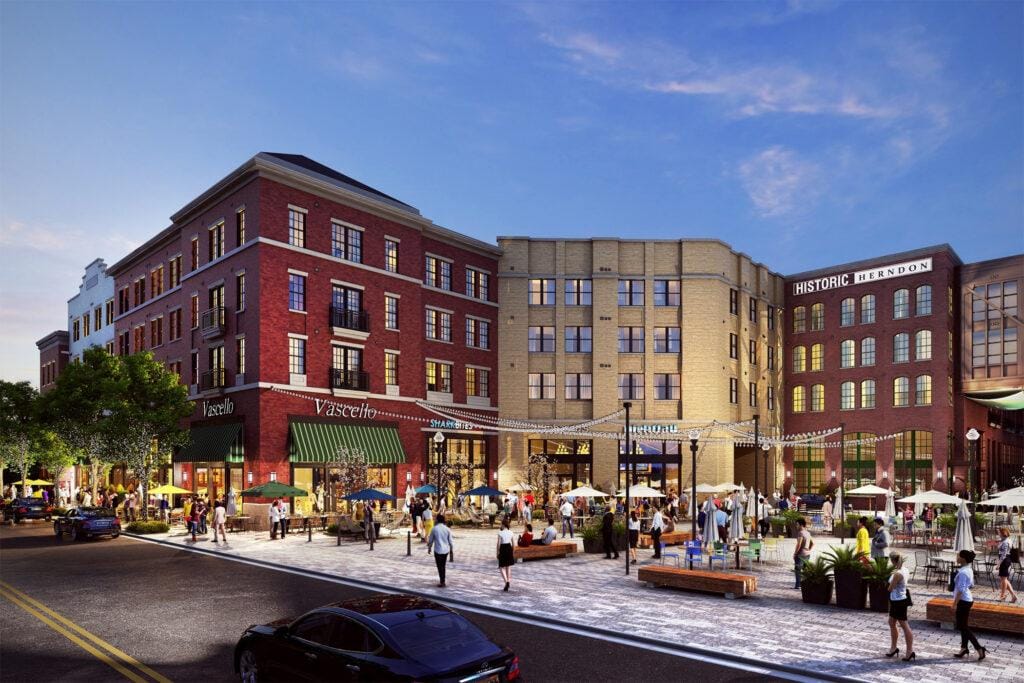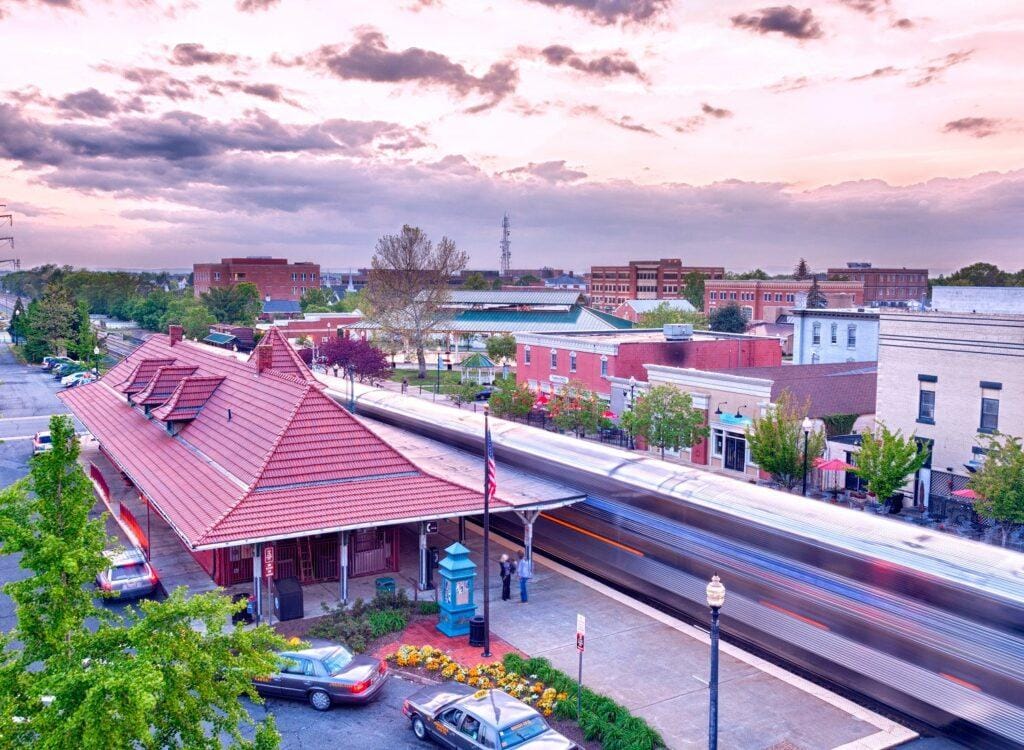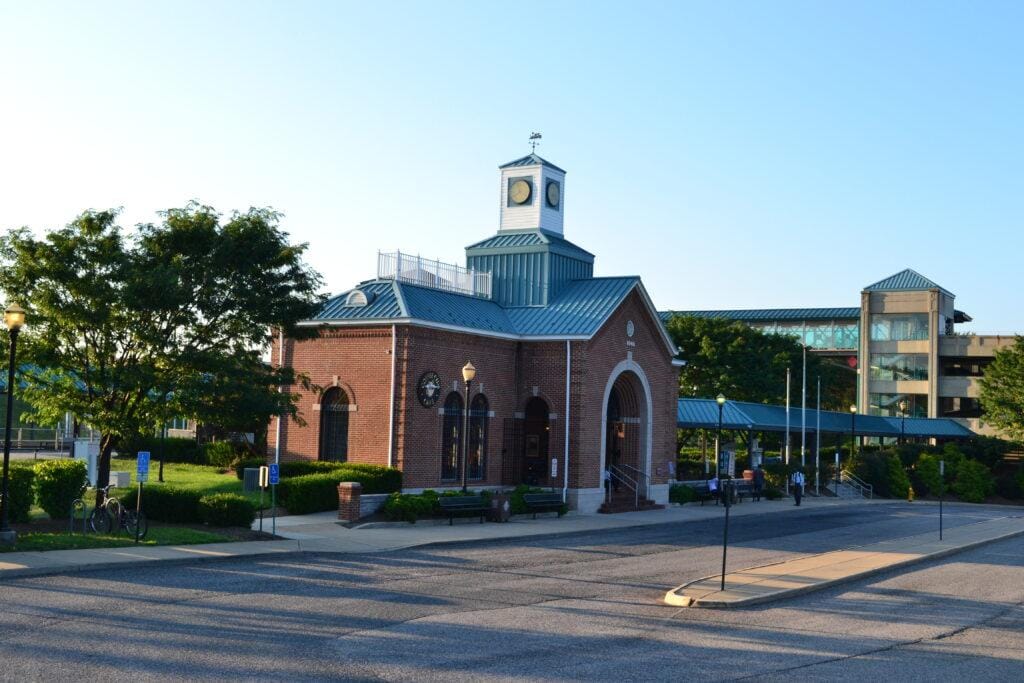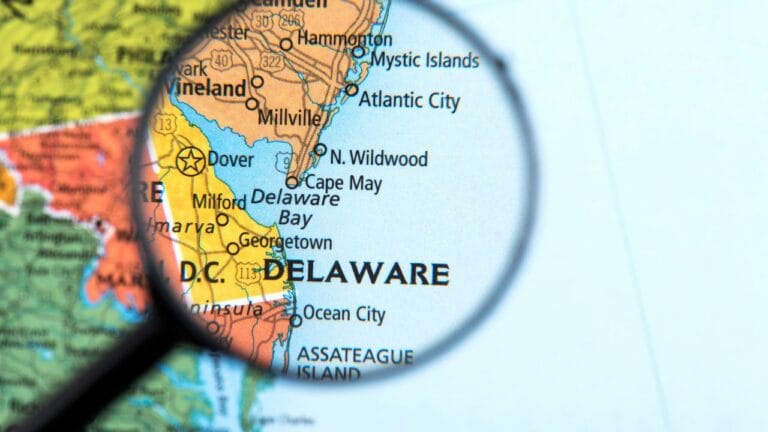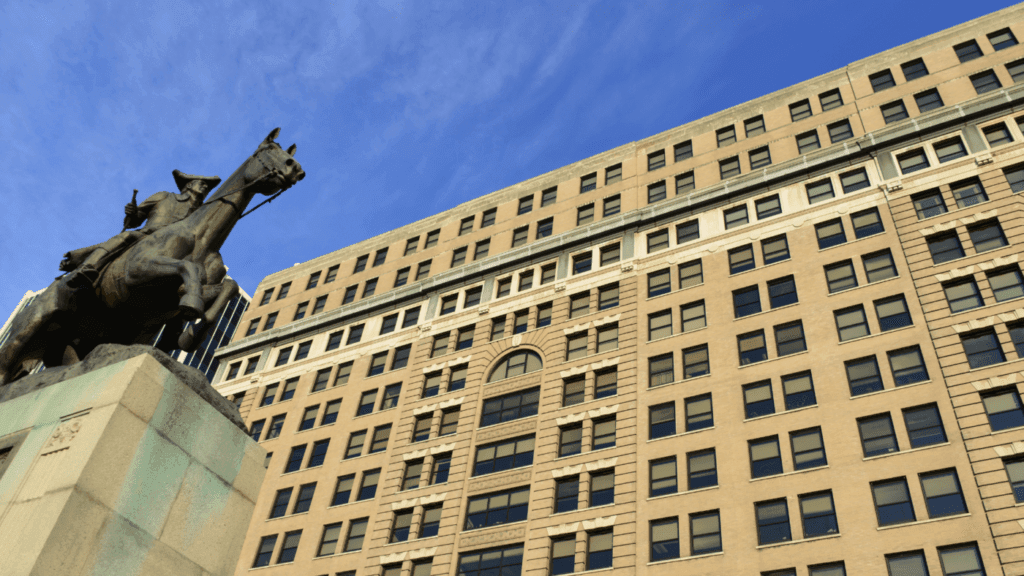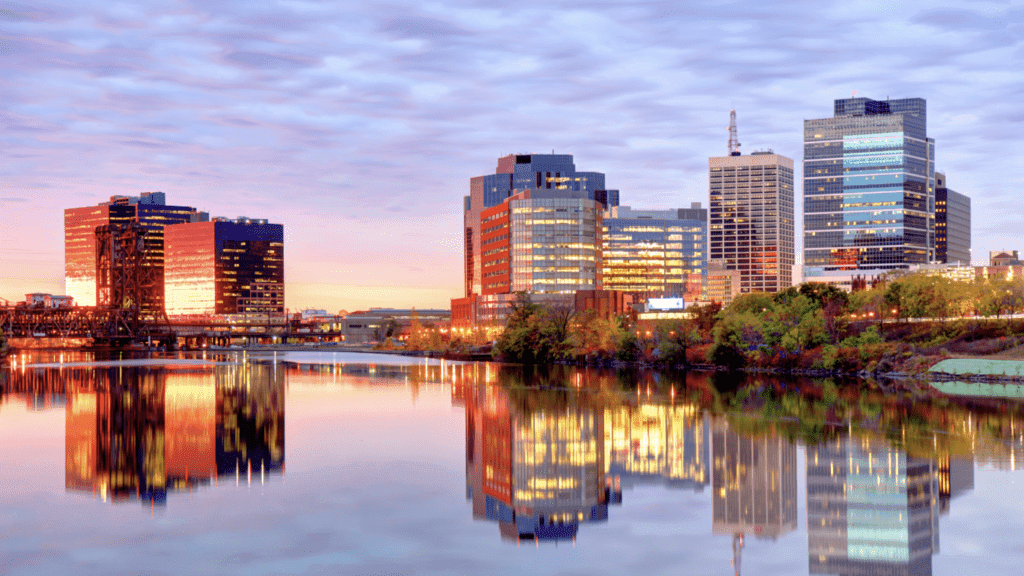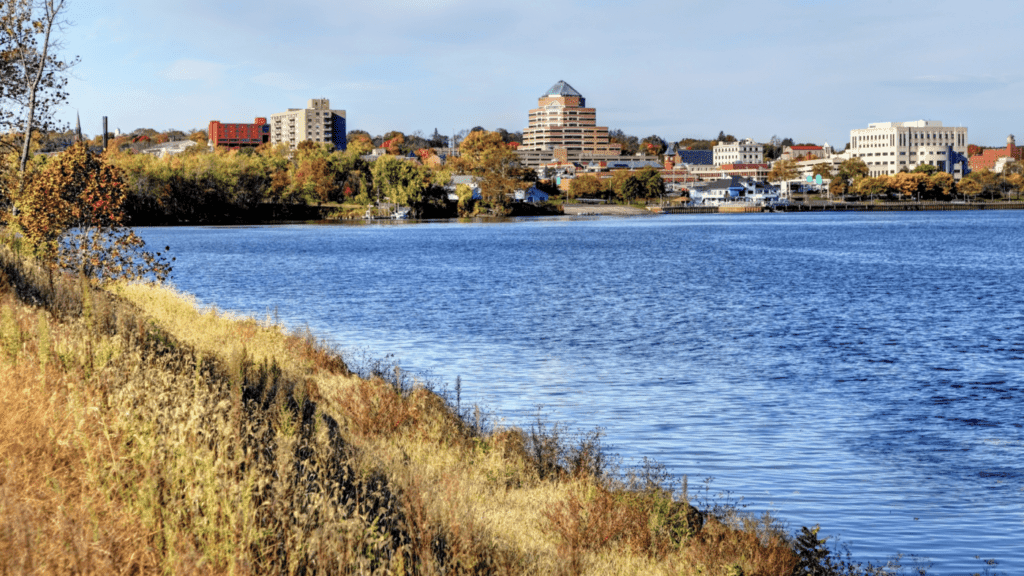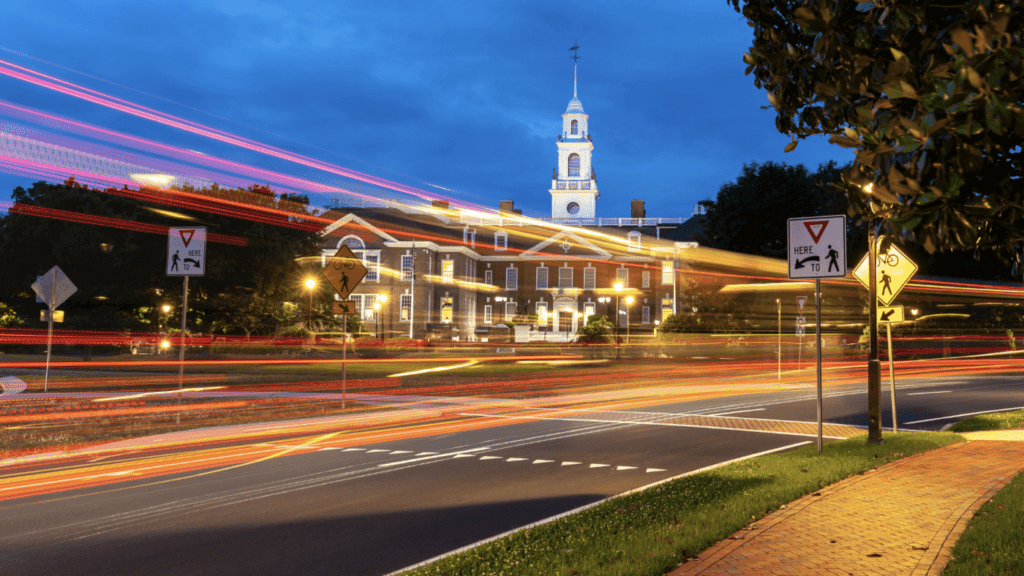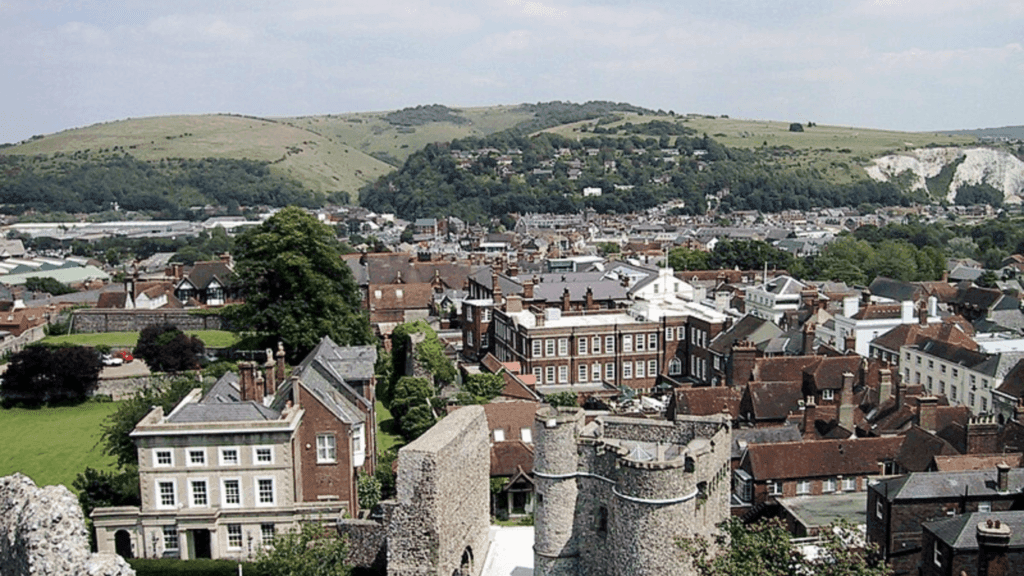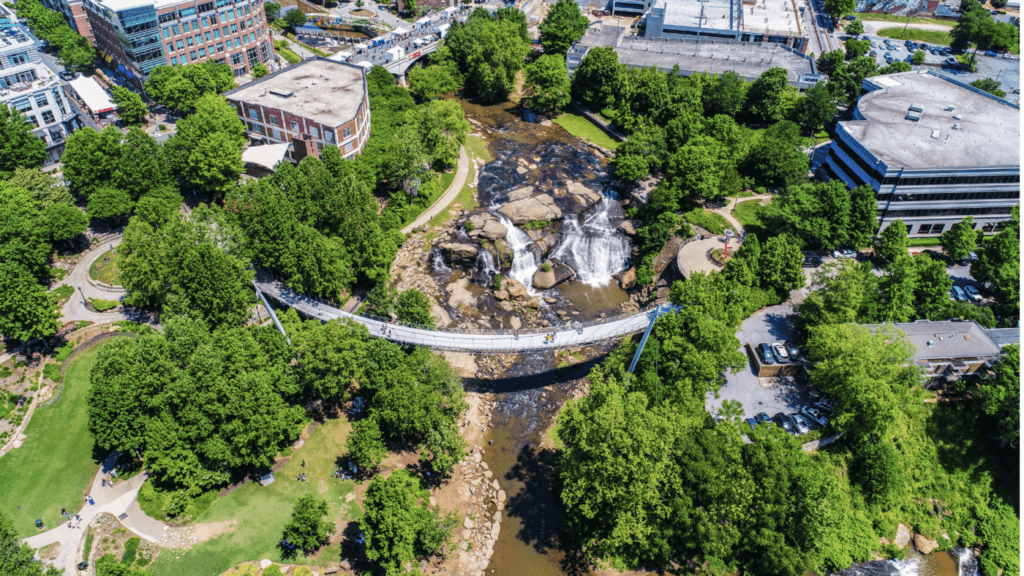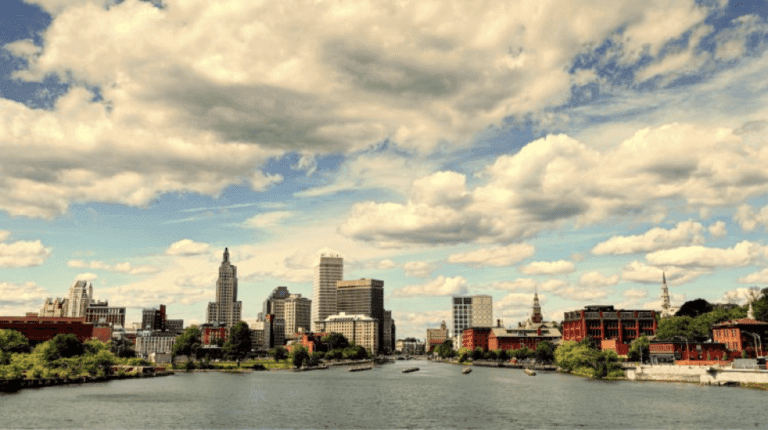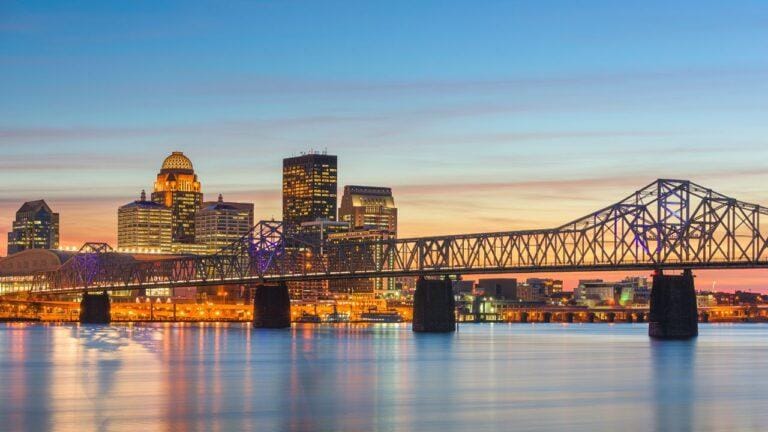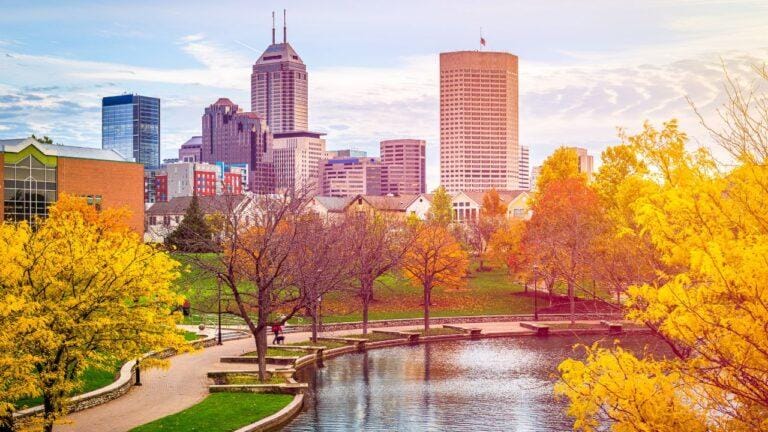The East Coast of the United States offers a diverse range of cities that are known for their rich history, vibrant culture, and exciting opportunities. The East Coast has something to offer everyone, from bustling metropolises to charming coastal towns. In this article, we will explore some of the best cities to live in on the East Coast, highlighting their unique features and attractions.
The East Coast boasts a plethora of cities that are highly sought after for their quality of life, job opportunities, and cultural offerings. Whether you’re a history enthusiast, a food lover, or a nature enthusiast, there’s a city on the East Coast that will capture your heart. Let’s dive into some of the best cities to live in on the East Coast.
Best Cities to Live on the East Coast: Boston
Boston, the capital of Massachusetts, is a city steeped in history and renowned for its prestigious universities, such as Harvard and MIT. The city offers a perfect blend of old-world charm and modern amenities. With its beautiful parks, vibrant neighborhoods, and rich cultural scene, Boston is an ideal place to live for those seeking a balance between intellectual pursuits and a high quality of life.
1. Boston, Massachusetts
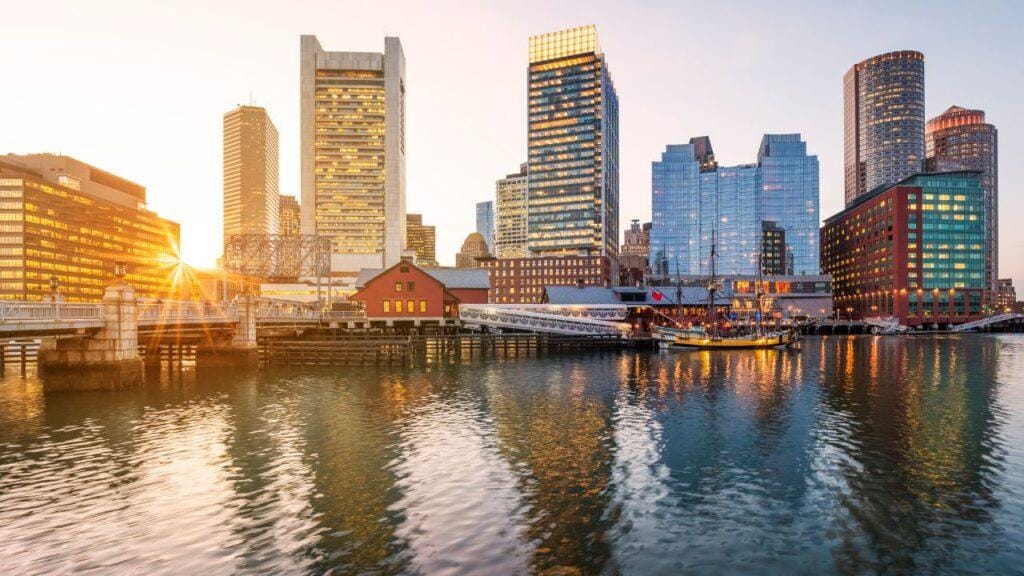
When it comes to the best cities to live in on the East Coast, Boston, Massachusetts, undoubtedly deserves a spot on the list. With its rich history, vibrant culture, and abundance of opportunities, Boston offers residents a unique and fulfilling lifestyle. In this section, we will delve into what makes Boston a top choice for individuals seeking an exceptional place to live. Want to get a taste of life in Boston, Massachusetts? Check out this insightful video tour of the city: 10 Best Places to Live in Boston – Boston, Massachusetts
Population of Boston
As of the latest available data, the population of Boston stands at approximately 694,583 residents. This makes Boston the largest city in Massachusetts and one of the most populous cities on the East Coast. The city’s diverse population adds to its vibrant atmosphere and creates a melting pot of cultures and perspectives.
Fun Facts about Boston
- Boston is home to the oldest public park in the United States, the Boston Common, established in 1634.
- The city is known for its passionate sports culture, with die-hard fans supporting teams like the Boston Red Sox (MLB), the Boston Celtics (NBA), and the New England Patriots (NFL).
- Boston is often referred to as the “Walking City” due to its compact size and pedestrian-friendly streets.
- The first public beach in the United States, Revere Beach, is located just a few miles outside of Boston.
- Boston’s subway system, known as the “T,” is the oldest in the United States and played a significant role in the country’s transportation history.
Schools and Universities
Boston is renowned for its exceptional educational institutions, making it an ideal city for families and students. Here are some of the notable schools and universities in Boston:
- Harvard University: A world-renowned Ivy League institution known for its prestigious programs and influential alumni.
- Massachusetts Institute of Technology (MIT): Recognized as one of the leading technical and scientific research universities globally.
- Boston University: Offers a wide range of undergraduate and graduate programs across various disciplines.
- Northeastern University: Known for its cooperative education programs that provide students with valuable work experience.
- Boston College: A private Jesuit university offering comprehensive undergraduate and graduate programs.
Employability Options
Boston boasts a thriving job market, particularly in sectors such as healthcare, education, technology, finance, and biotechnology. The city is home to numerous renowned hospitals, universities, research centers, and companies, providing a wide range of employment opportunities. Major employers in Boston include Massachusetts General Hospital, Brigham and Women’s Hospital, Harvard University, and Liberty Mutual Insurance, among others.
Median Home Price and Home Rental Options
As of the latest data, the median home price in Boston is approximately $700,000. It’s important to note that the housing market in Boston can be competitive and prices can vary based on the neighborhood and property type. Renting is also a popular option, with a wide range of apartments and houses available for different budgets and preferences.
Nearby Parks and Hospitals
Boston takes pride in its abundance of green spaces and access to quality healthcare facilities. Some of the notable parks and hospitals in and around the city include:
- Boston Common: Located in the heart of the city, it is the oldest public park in the United States and offers a serene escape from the bustling urban environment.
- Fenway Park: Home to the Boston Red Sox, this historic baseball stadium is an iconic landmark and a popular spot for sports enthusiasts.
- Massachusetts General Hospital: A renowned medical center consistently ranked among the top hospitals in the United States, offering comprehensive healthcare services.
- Arnold Arboretum: A beautiful botanical garden and research institution managed by Harvard University, providing a tranquil setting for nature lovers.
Best Cities to Live on the East Coast: New York City
New York City needs no introduction. As the most populous city in the United States, it’s a cultural melting pot and a hub for finance, fashion, arts, and entertainment. From iconic landmarks such as Times Square and Central Park to world-class museums and Broadway shows, New York City offers endless opportunities for adventure, career growth, and cultural exploration.
2. New York City, New York

New York City, often referred to as the “Big Apple,” stands as a global icon and one of the best cities to live in on the East Coast. This vibrant metropolis offers a unique blend of culture, diversity, and limitless opportunities that attract people from all walks of life. In this article, we will explore what makes New York City an exceptional place to call home.
Population of New York City
With a population of over 8.4 million residents, New York City is the most populous city in the United States. Its diverse population brings together people from various ethnicities, cultures, and backgrounds, contributing to the city’s rich tapestry of traditions, languages, and cuisines.
Fun Facts about New York City
- The Statue of Liberty, a symbol of freedom and democracy, stands proudly on Liberty Island and has welcomed countless immigrants to the United States.
- Times Square, located in the heart of Manhattan, is known for its vibrant billboards, and dazzling lights, and as the focal point of the iconic New Year’s Eve ball drop celebration.
- Central Park, a sprawling green oasis spanning 843 acres, provides a serene escape from the hustle and bustle of the city with its meandering paths, picturesque lakes, and recreational activities.
- The city’s impressive skyline features architectural marvels such as the Empire State Building, One World Trade Center, and the Chrysler Building.
- The subway system, known as the “MTA,” is one of the largest and oldest public transportation systems in the world, connecting the city’s boroughs and neighborhoods.
Schools and Universities
New York City boasts a wide array of prestigious educational institutions, offering world-class education across various disciplines. Some notable schools and universities include:
- Columbia University: An Ivy League institution known for its academic excellence and esteemed faculty.
- New York University (NYU): A renowned private research university with a global presence and a diverse range of programs.
- The Juilliard School: Internationally recognized for its exceptional performing arts education, producing top-tier musicians, dancers, and actors.
- Fordham University: A Jesuit university known for its strong emphasis on liberal arts education and esteemed graduate schools.
- Stuyvesant High School: A highly selective public high school known for its rigorous academic curriculum and focus on science, technology, engineering, and mathematics (STEM).
Employability Options
New York City offers an unparalleled range of employment opportunities across various industries. The city serves as a global hub for finance, media, fashion, technology, arts, and entertainment. Wall Street, located in Lower Manhattan, is synonymous with the financial sector and houses major financial institutions, while Midtown Manhattan is a hub for media, advertising, and business.
Major employers in New York City include financial institutions like JPMorgan Chase and Citigroup, media conglomerates like ViacomCBS and WarnerMedia, renowned fashion houses, and tech companies. The city’s diverse economy provides a multitude of career options for individuals with different skill sets and aspirations.
Median Home Price and Home Rental Options
The median home price in New York City varies depending on the borough and neighborhood. As of the latest data, it is approximately $680,000. However, it’s essential to note that prices can vary significantly based on factors such as location, property type, and size. Manhattan’s upscale neighborhoods tend to have higher home prices compared to more affordable options in the outer boroughs like Brooklyn, Queens, and the Bronx.
Renting is also a popular option in New York City, offering flexibility and access to diverse neighborhoods. Rental prices vary depending on the location, size, and amenities of the property. It is advisable to research and work with real estate professionals to find the best rental options that suit individual preferences and budgets.
Nearby Parks and Hospitals
Despite being a bustling urban center, New York City provides an array of parks and green spaces for residents to enjoy. Some notable parks include:
- Central Park: A sprawling oasis in the heart of Manhattan, offering walking paths, picnic spots, lakes, and recreational activities.
- Prospect Park: Located in Brooklyn, it features vast green spaces, a lake, a zoo, sports facilities, and hosts cultural events throughout the year.
- The High Line: An elevated park built on a historic freight rail line, providing a unique urban green space experience with stunning views of the city.
Best Cities to Live on the East Coast: Charleston
3. Charleston, South Carolina
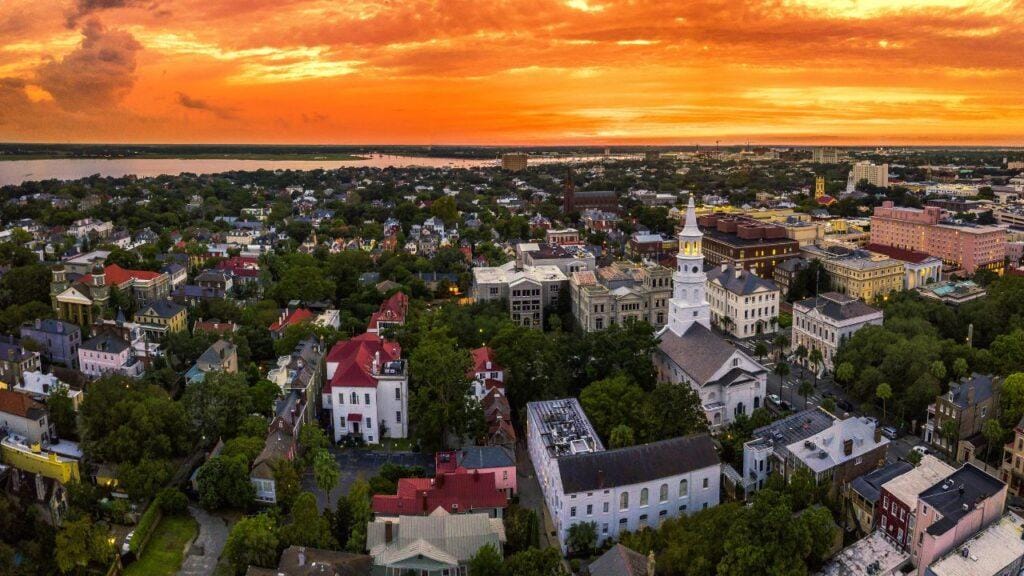
Charleston, South Carolina, is a captivating city that deserves recognition as one of the best cities to live in on the East Coast. With its rich history, charming architecture, and warm Southern hospitality, Charleston offers a unique blend of cultural heritage and modern amenities. Let’s explore what makes Charleston an exceptional place to call home.
Population of Charleston
As of the latest available data, Charleston has a population of approximately 137,566 residents. Despite its smaller population compared to other major cities, Charleston’s tight-knit community and welcoming atmosphere create a sense of belonging and foster strong community connections.
Fun Facts about Charleston
- Charleston is renowned for its well-preserved historic district, with beautifully restored houses and buildings dating back to the 18th century.
- The city is home to the famous Pineapple Fountain, a symbol of hospitality and a popular gathering spot for locals and tourists.
- Charleston is often referred to as the “Holy City” due to the large number of churches and religious diversity found throughout the city.
- The historic Rainbow Row, a series of colorful row houses along East Bay Street, is one of the most photographed spots in Charleston.
- The Charleston City Market, founded in 1807, is one of the oldest public markets in the United States and offers a wide array of local crafts, artwork, and food.
Schools and Universities
Charleston is home to several esteemed schools and universities, providing residents with a high-quality education. Some notable institutions include:
- College of Charleston: A public liberal arts university offering a wide range of undergraduate and graduate programs, known for its historic campus and strong academic reputation.
- The Citadel: A prestigious military college that offers a rigorous academic curriculum combined with leadership and military training.
- Medical University of South Carolina (MUSC): A leading medical university known for its healthcare education, research, and clinical services.
- Charleston Southern University: A Christian university offering undergraduate and graduate programs in various disciplines.
Employability Options
Charleston offers a diverse range of employment opportunities across multiple industries. The city’s economy is driven by sectors such as tourism, healthcare, education, technology, and manufacturing. Major employers in Charleston include Boeing, Medical University of South Carolina, Roper St. Francis Healthcare, and the Charleston County School District.
The city’s robust tourism industry also provides employment opportunities in hotels, restaurants, and retail establishments. Charleston’s growing tech sector has attracted startups and companies focused on software development, digital media, and advanced manufacturing.
Median Home Price and Home Rental Options
The median home price in Charleston is approximately $383,000. The city offers a mix of historic homes and newer developments, allowing residents to choose from a variety of architectural styles and neighborhoods. Rental options are also available for those who prefer to lease their homes, with a range of apartments, townhouses, and single-family houses to choose from.
Nearby Parks and Hospitals
Charleston boasts an array of beautiful parks and green spaces that offer residents opportunities for outdoor recreation and relaxation. Some notable parks include:
- Waterfront Park: Located along Charleston Harbor, it features picturesque views, landscaped gardens, and the famous Pineapple Fountain.
- Hampton Park: A sprawling park known for its oak-lined paths, beautiful gardens, and wide-open spaces for picnicking and sports activities.
- James Island County Park: Situated just outside of Charleston, this park offers a variety of recreational amenities, including walking trails, campgrounds, a water park, and a climbing wall.
Best Cities to Live in the East Coast: Washington, D.C.
As the capital of the United States, Washington, D.C., is a city that exudes power and history. Besides being home to the White House, the city boasts numerous museums, monuments, and iconic landmarks like the Lincoln Memorial and the National Mall. With its diverse neighborhoods, excellent job market, and wealth of cultural institutions, Washington, D.C., attracts professionals and history enthusiasts alike.
4. Washington, D.C.
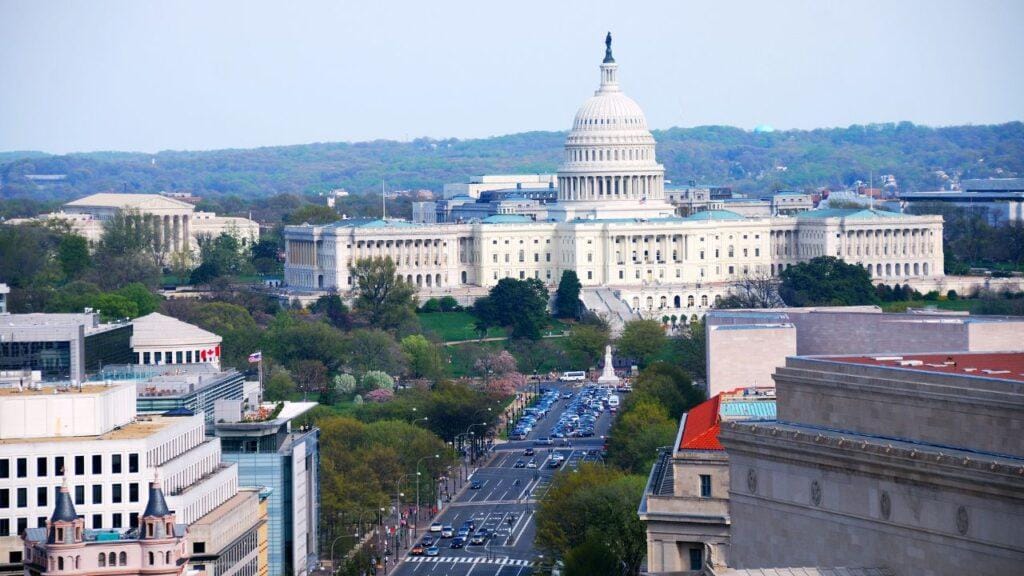
Washington, D.C., the capital of the United States, is an extraordinary city that stands out as one of the best places to live on the East Coast. Known for its iconic landmarks, rich history, and vibrant cultural scene, Washington, D.C., offers residents a unique blend of intellectual stimulation and a high quality of life. Let’s explore what makes Washington, D.C., an exceptional city to call home.
Population of Washington, D.C.
As of the latest available data, the population of Washington, D.C., is approximately 705,749 residents. Despite its smaller size compared to other major cities, Washington, D.C., is a hub of political, cultural, and economic activity, attracting people from around the world who come to work, study, and contribute to the city’s dynamic atmosphere.
Fun Facts about Washington, D.C.
- The city is home to iconic landmarks such as the White House, the U.S. Capitol, the Lincoln Memorial, and the Washington Monument, which reflect the city’s historical and political significance.
- The National Mall, a vast open space between the Capitol and the Lincoln Memorial, is home to numerous museums, memorials, and monuments, including the Smithsonian museums.
- Cherry blossom trees, a gift from Japan, line the Tidal Basin and bloom in vibrant pink and white flowers each spring, attracting visitors from near and far.
- The D.C. Metro, the city’s subway system, is one of the cleanest and most efficient public transportation systems in the United States.
- The city’s vibrant neighborhoods, such as Adams Morgan, Georgetown, and Dupont Circle, offer a diverse array of dining, shopping, and entertainment options.
Schools and Universities
Washington, D.C., is home to several renowned educational institutions, making it an ideal city for students and academics. Some notable schools and universities in the area include:
- Georgetown University: A prestigious private university known for its strong academic programs and historic campus.
- George Washington University: A private research university offering a wide range of undergraduate and graduate programs.
- American University: A highly regarded institution known for its programs in international relations, journalism, and political science.
- Howard University: A historically black university that has played a significant role in African American education and culture.
- The George Washington University Law School: A top-ranked law school attracting students from around the world.
Employability Options
Washington, D.C., offers a wealth of employment opportunities, primarily in the fields of government, politics, law, consulting, and nonprofit organizations. The city serves as the headquarters for numerous federal agencies, including the White House, Congress, and the Supreme Court. Additionally, there are many international organizations, think tanks, and lobbying firms based in the city.
The private sector in Washington, D.C., includes industries such as healthcare, education, technology, hospitality, and tourism. Major employers in the area include government contractors, law firms, universities, research institutions, and healthcare systems.
Median Home Price and Home Rental Options
The median home price in Washington, D.C., is approximately $700,000. The city offers a mix of housing options, including historic row houses, modern condominiums, and apartments. Home prices can vary significantly depending on the neighborhood and property type.
For those preferring to rent, Washington, D.C., has a wide range of rental options available, catering to different budgets and preferences. Rental prices can vary based on location, size, and amenities.
Nearby Parks and Hospitals
Washington, D.C., is known for its abundance of parks and green spaces that offer residents opportunities for recreation and relaxation. Some notable parks include:
- Rock Creek Park: A vast urban park that offers scenic trails, picnic areas, and opportunities for hiking, biking, and wildlife viewing.
- National Arboretum: A 446-acre living museum of trees, shrubs, and plants, featuring beautiful gardens and a bonsai collection.
- Theodore Roosevelt Island: A tranquil oasis in the Potomac River that offers walking trails and a memorial to President Theodore Roosevelt.
The city is also home to several prominent hospitals and medical centers, including MedStar Georgetown University Hospital, George Washington University Hospital, and Children’s National Hospital, ensuring access to quality healthcare for residents.
Best Cities to Live in the East Coast: Miami
Miami is a vibrant and multicultural city known for its stunning beaches, lively nightlife, and thriving arts scene. With its year-round warm weather, Miami offers a unique blend of relaxation and excitement. The city’s diverse population, international business hub, and Latin American influences contribute to its energetic atmosphere and make it a desirable place to live for those seeking a dynamic lifestyle.
5. Miami, Florida
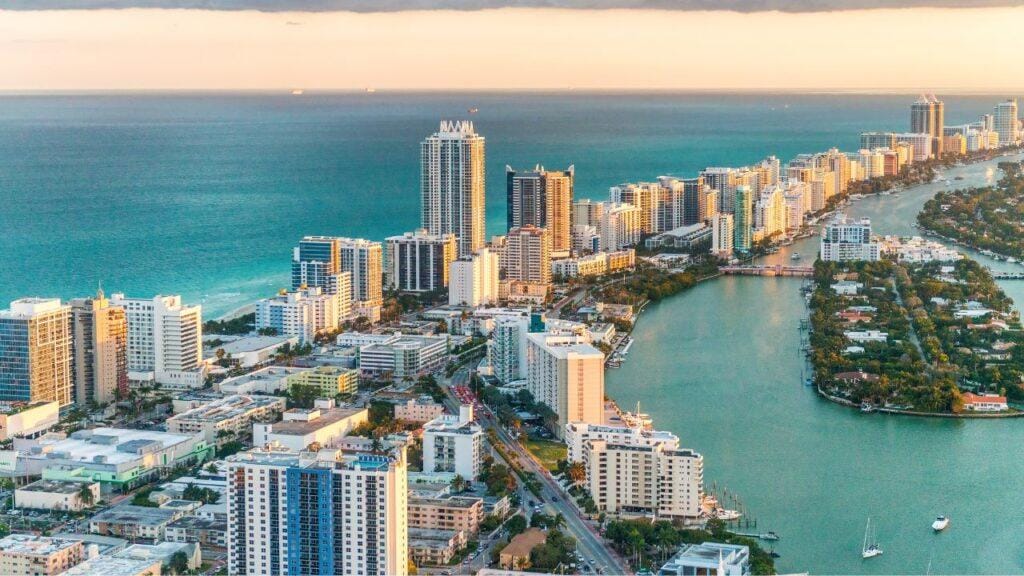
Miami, Florida, is a vibrant and diverse city that ranks among the best cities to live in on the East Coast. With its stunning beaches, lively cultural scene, and booming economy, Miami offers residents a unique blend of relaxation, excitement, and opportunities. Let’s explore what makes Miami an exceptional place to call home.
If you’re considering the East Coast for your next home, don’t forget to explore the charming communities of North Florida, where you’ll find a unique blend of southern hospitality, stunning landscapes, and vibrant culture. Check out our guide to living in North Florida For Families for more insights.
Population of Miami
As of the latest available data, the population of Miami is approximately 467,963 residents. However, when considering the broader Miami metropolitan area, the population expands significantly to over 6.1 million people. This multicultural city attracts individuals from all over the world, creating a melting pot of cultures and vibrant communities.
Fun Facts about Miami
- Miami is famous for its beautiful beaches, including the iconic South Beach, which draws millions of tourists each year with its crystal-clear waters and lively atmosphere.
- The city is known for its vibrant Art Deco architecture, particularly in the historic district of Miami Beach, featuring colorful pastel buildings and unique designs.
- Miami is home to the largest collection of Art Deco buildings in the world, with more than 800 structures recognized for their architectural significance.
- The city’s vibrant cultural scene is showcased through events like Art Basel Miami Beach, one of the leading art fairs in the world, and the annual Calle Ocho Festival, a celebration of Hispanic heritage and music.
- Miami’s diverse culinary scene offers a fusion of flavors from Latin America, the Caribbean, and beyond, making it a haven for food enthusiasts.
Schools and Universities
Miami is home to several esteemed educational institutions that provide a wide range of academic programs and opportunities for students. Some notable schools and universities in the area include:
- University of Miami: A private research university known for its strong programs in fields such as business, marine science, and medicine.
- Florida International University (FIU): A public research university offering diverse undergraduate and graduate programs with a focus on international studies.
- Miami Dade College: The largest and most diverse college in the United States, providing affordable education and vocational training.
- Barry University: A private Catholic university known for its programs in health sciences, business, and education.
- Nova Southeastern University: A private research university offering a wide range of programs, including health sciences, law, and psychology.
Employability Options
Miami’s diverse economy offers a range of employment opportunities across various industries. The city serves as a hub for finance, international trade, tourism, healthcare, technology, and the arts. Major employers in Miami include multinational corporations, financial institutions, cruise lines, hospitality companies, and healthcare providers.
The city’s geographic location and its connections to Latin America and the Caribbean make it a gateway for international business and trade. The Port of Miami, one of the busiest cruise ports in the world, contributes significantly to the local economy and provides employment opportunities in the tourism and maritime sectors.
Median Home Price and Home Rental Options
The median home price in Miami varies depending on the neighborhood and property type. As of the latest data, it is approximately $405,000. Miami offers a diverse range of housing options, including waterfront properties, high-rise condominiums, and single-family homes. The city’s real estate market caters to a variety of preferences and budgets.
For those preferring to rent, Miami has a wide selection of rental options available, including apartments, townhouses, and rental homes. Rental prices can vary depending on the location, size, and amenities of the property.
Nearby Parks and Hospitals
Miami boasts several beautiful parks and green spaces that provide opportunities for outdoor recreation and relaxation. Some notable parks include:
- Bayfront Park: Located in downtown Miami, this waterfront park offers stunning views of Biscayne Bay, live music events, and recreational activities.
- Vizcaya Museum and Gardens: A historic estate with beautifully landscaped gardens, reflecting pools, and a museum showcasing European art and furnishings.
- Everglades National Park: Located just west of Miami, this unique ecosystem is home to diverse wildlife and offers opportunities for hiking, kayaking, and airboat tours.
Miami is also home to several reputable hospitals and medical centers, including Jackson Memorial Hospital, Baptist Hospital of Miami, and Mount Sinai Medical Center, ensuring access to quality healthcare for residents.
Conclusion
The East Coast of the United States is home to a wide array of cities that offer an exceptional quality of life and exciting opportunities. From the historical charm of Boston and Charleston to the cosmopolitan energy of New York City and Miami, each city has its unique appeal. Whether you’re drawn to vibrant urban centers or quaint coastal towns, the East Coast has a city that will suit your preferences and provide a fulfilling lifestyle.
FAQs About Best Cities to Live on the East Coast .
Q. Which city on the East Coast offers the best job opportunities?
Each city on the East Coast has its own unique job market. New York City, Boston, and Washington, D.C., are known for their diverse industries and abundant career options.
Q. Are there affordable cities to live in on the East Coast?
While some cities on the East Coast can be expensive, there are also more affordable options available. Cities like Providence, Asheville, and Portland offer a lower living cost than major metropolitan areas.
Q. Which East Coast city is known for its cultural scene?
New York City is renowned for its thriving cultural scene, including world-class museums, Broadway shows, and art galleries.
Q. Are there opportunities for outdoor activities on the East Coast?
Yes, several cities on the East Coast offer ample opportunities for outdoor activities. Asheville, Savannah, and Portland are particularly known for their access to natural beauty and recreational pursuits.
Q. Can you recommend a city on the East Coast for history buffs?
Charleston and Philadelphia are rich in history and offer many historical sites, museums, and landmarks to explore.
Conclusion.
The East Coast is home to some of the best cities to live in, each offering its own unique charm and opportunities. Whether you’re seeking a bustling city experience or a more relaxed coastal lifestyle, the East Coast has a city that will cater to your preferences. Consider the rich history, cultural offerings, job prospects, and overall quality of life when deciding which city is the best fit for you.


